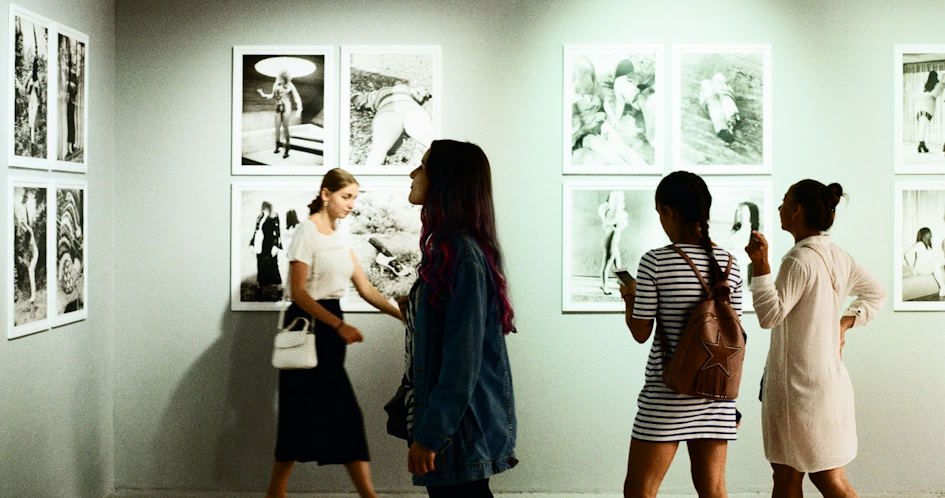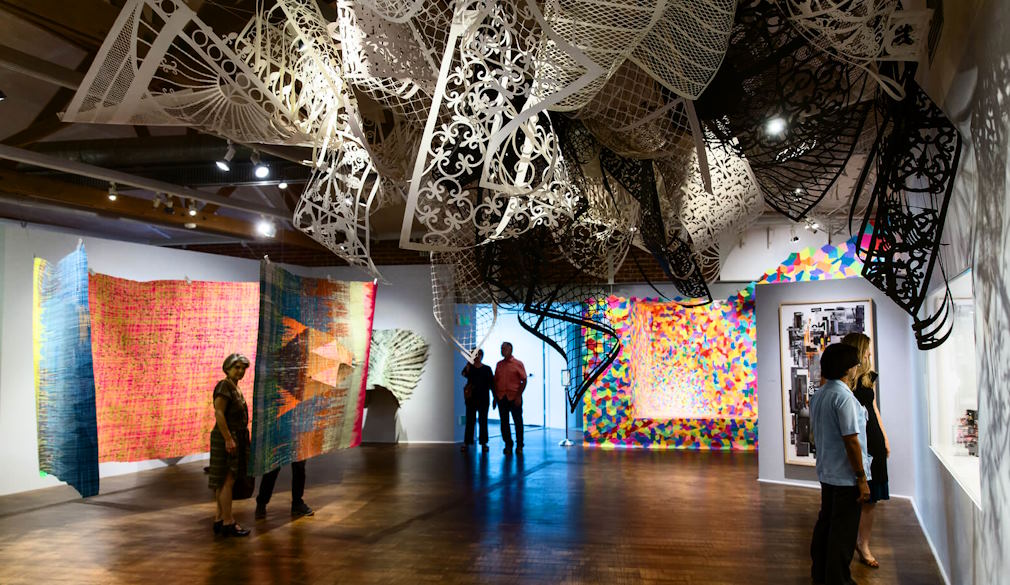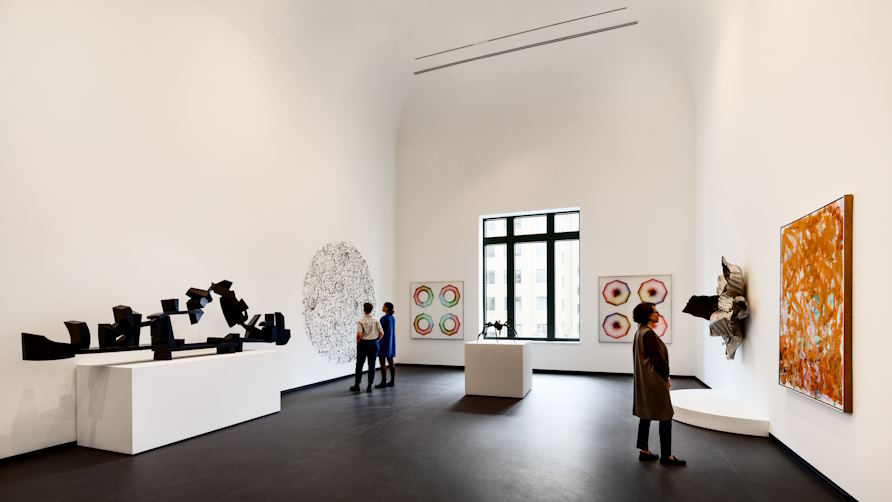Art has long served as a mirror reflecting the essence of humanity, capturing emotions, narratives, and cultural nuances. However, behind every masterpiece displayed in a gallery or museum lies a network of institutions working tirelessly to support and amplify the voices of artists. In the intricate tapestry of the art world, art institutions stand as pillars, providing the infrastructure and resources necessary for exhibitions to flourish. From the majestic halls of renowned museums to the intimate spaces of independent galleries, these institutions serve as guardians of culture, custodians of creativity, and champions of artistic expression.
Types of Art Institutions
Art institutions encompass a wide range of organizations, each with its own unique mission and focus. Museums, galleries, cultural centers, and artist residencies are among the most common types of art institutions, each serving distinct functions within the cultural ecosystem. Museums, for example, often prioritize the preservation and exhibition of artworks, while galleries may focus on representing artists and promoting their works in the commercial market. Artist residencies provide opportunities for artists to develop their practice in a supportive environment, fostering experimentation and collaboration.
Curatorial Practices
Curators play a crucial role in shaping exhibitions, from selecting artworks to designing the layout and narrative structure. Drawing on their expertise in art history and cultural theory, curators develop thematic frameworks that guide the interpretation of artworks and engage audiences in meaningful dialogue. Curatorial practices vary depending on the context and objectives of the exhibition, with some emphasizing historical context and others prioritizing contemporary relevance.

Collection Management
Effective collection management is essential for art institutions to preserve and showcase their holdings for future generations. This involves cataloging artworks, maintaining proper storage conditions, and implementing conservation measures to prevent deterioration. Collection management also encompasses acquisitions and deaccessions, with institutions regularly evaluating their collections to ensure relevance and diversity.
Educational Programs
Art institutions offer a range of educational programs designed to engage audiences of all ages and backgrounds. These programs may include guided tours, lectures, workshops, and interactive exhibits, providing opportunities for visitors to deepen their understanding of art and culture. Educational initiatives aim to foster creativity, critical thinking, and appreciation for the arts, enriching the cultural experiences of participants.
Community Outreach
Art institutions play an active role in engaging with local communities, offering outreach programs and partnerships that promote cultural exchange and social cohesion. These initiatives may involve collaborations with schools, community centers, and grassroots organizations to bring art to underserved populations and foster dialogue around pressing social issues. By engaging with diverse audiences, art institutions contribute to the democratization of culture and the enrichment of public life.
Digital Initiatives
Digital technologies have revolutionized the way art institutions interact with audiences, offering new opportunities for engagement and accessibility. From virtual exhibitions to online collections, digital initiatives allow institutions to reach global audiences and break down barriers to participation. However, digital engagement also presents challenges, including issues of digital preservation and the digital divide.

Funding and Sustainability
Securing funding and ensuring long-term sustainability are ongoing challenges for art institutions, which often rely on a mix of public and private support. Fundraising efforts may include grant applications, corporate sponsorships, membership programs, and individual donations. Sustainable practices, such as energy efficiency and waste reduction, are also increasingly important for art institutions seeking to minimize their environmental footprint.
Collaborations and Partnerships
Collaborative partnerships between art institutions, artists, and other stakeholders are essential for fostering innovation and expanding the reach of exhibitions. These partnerships may take various forms, including joint exhibitions, artist residencies, and co-sponsored events. By working together, institutions can leverage their resources and expertise to create impactful cultural experiences that resonate with diverse audiences.
Innovation and Experimentation
Art institutions serve as incubators for innovation and experimentation, providing artists with the resources and support they need to push the boundaries of their practice. From avant-garde exhibitions to interdisciplinary collaborations, institutions play a vital role in nurturing creativity and fostering artistic excellence. By embracing innovation, art institutions contribute to the evolution of the arts and the enrichment of cultural life.
Artist Support Programs
Many art institutions offer support programs for emerging and established artists, providing opportunities for professional development, networking, and exhibition opportunities. These programs may include artist residencies, grants, fellowships, and mentorship initiatives, helping artists to advance their careers and reach new audiences.

